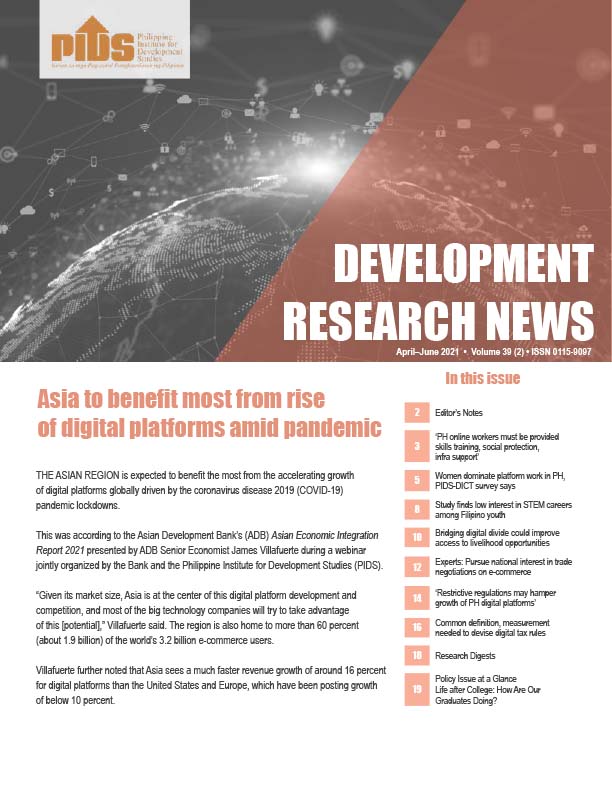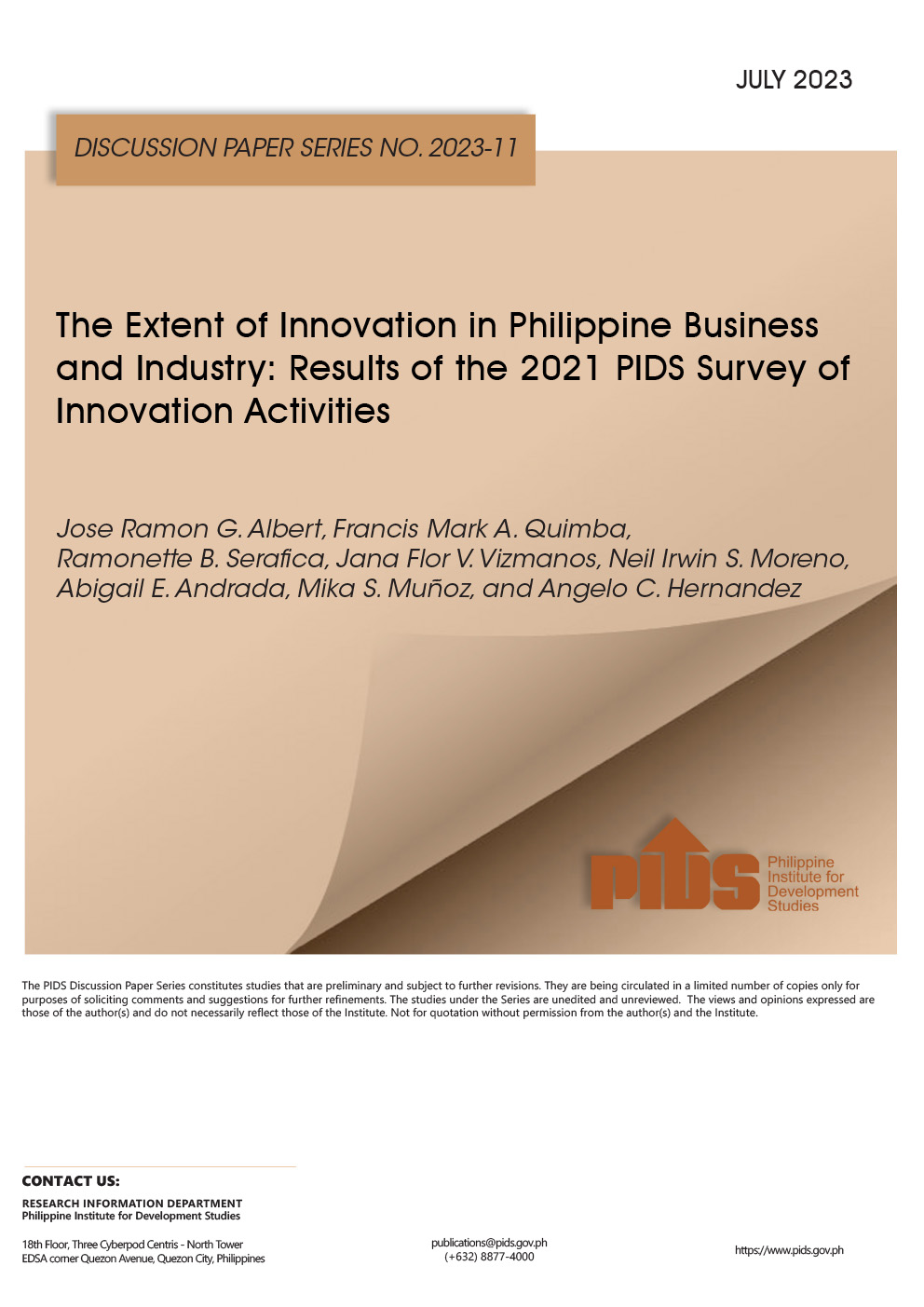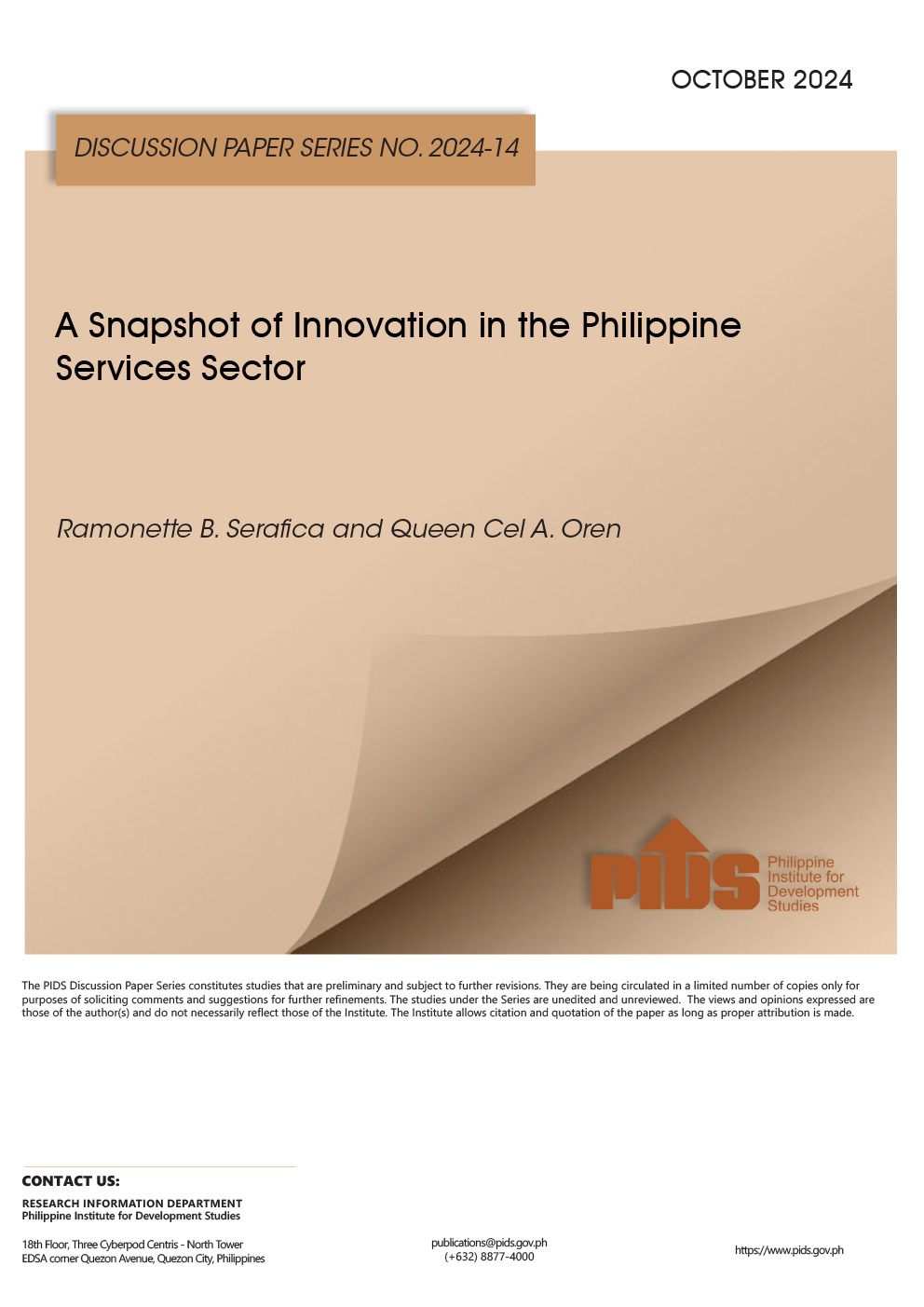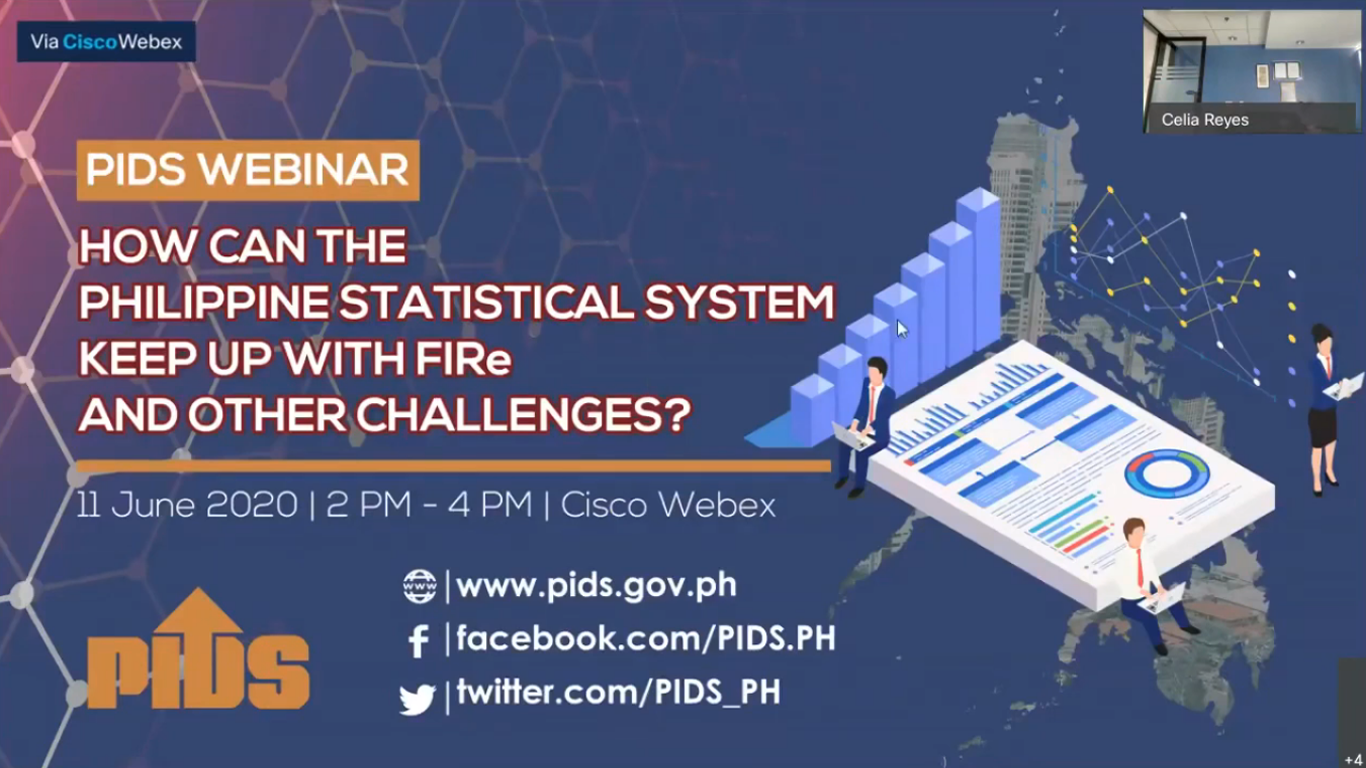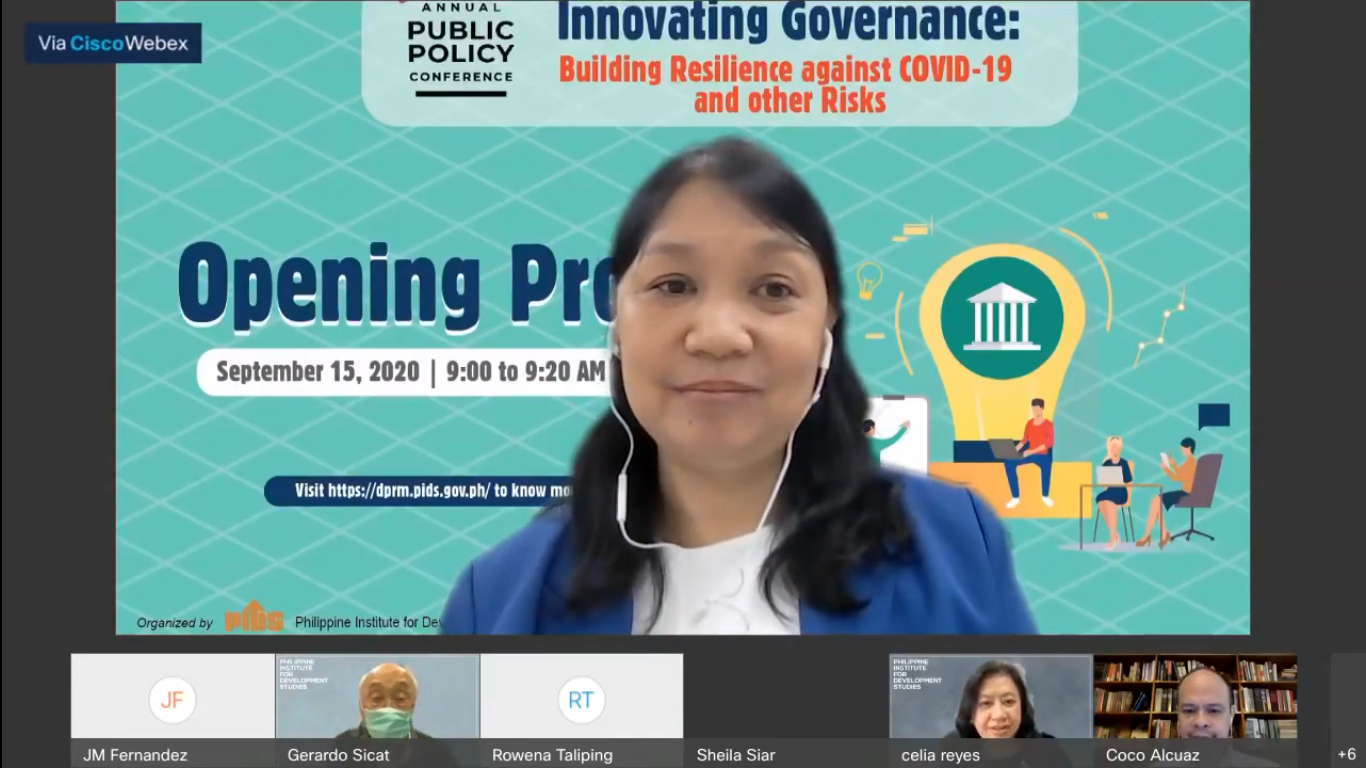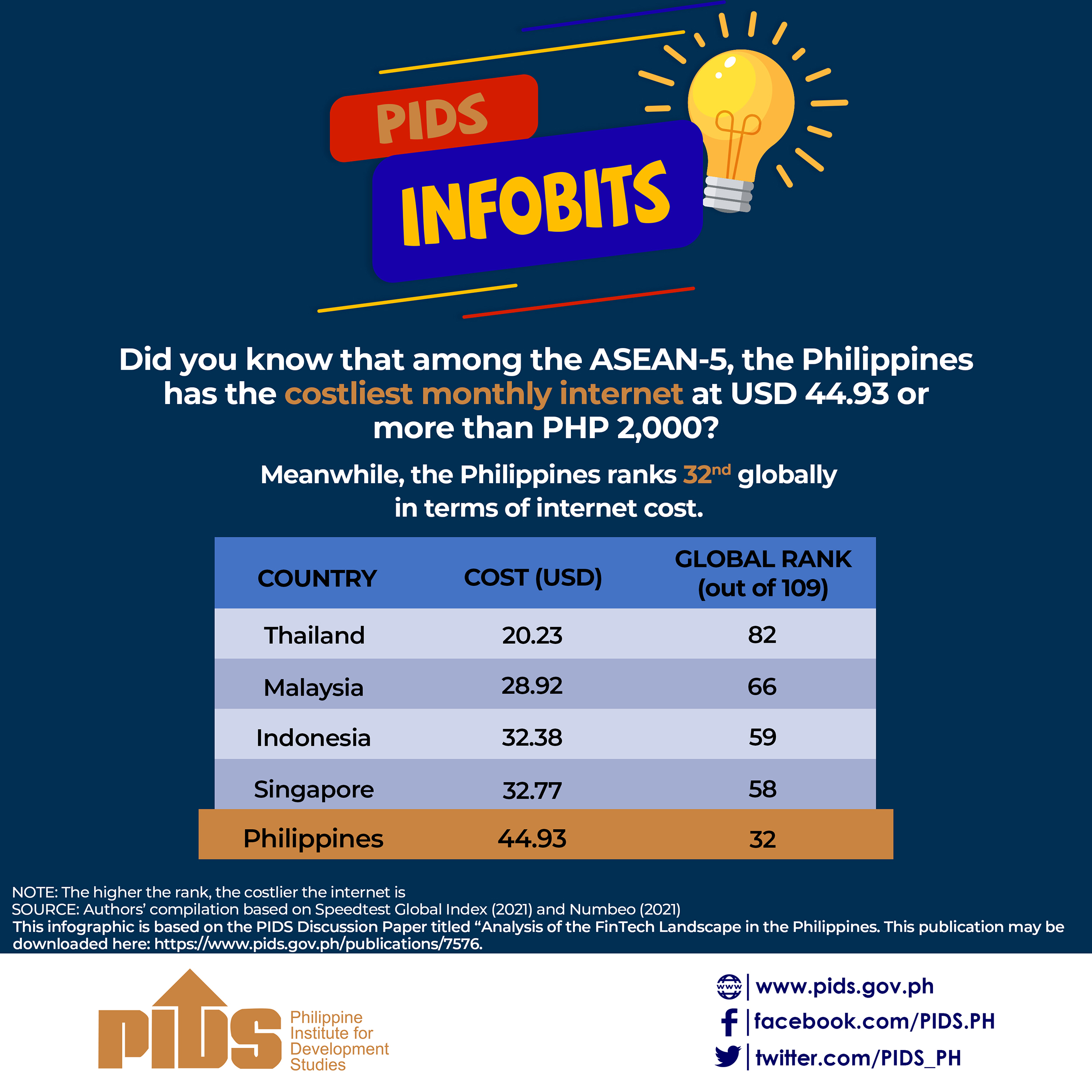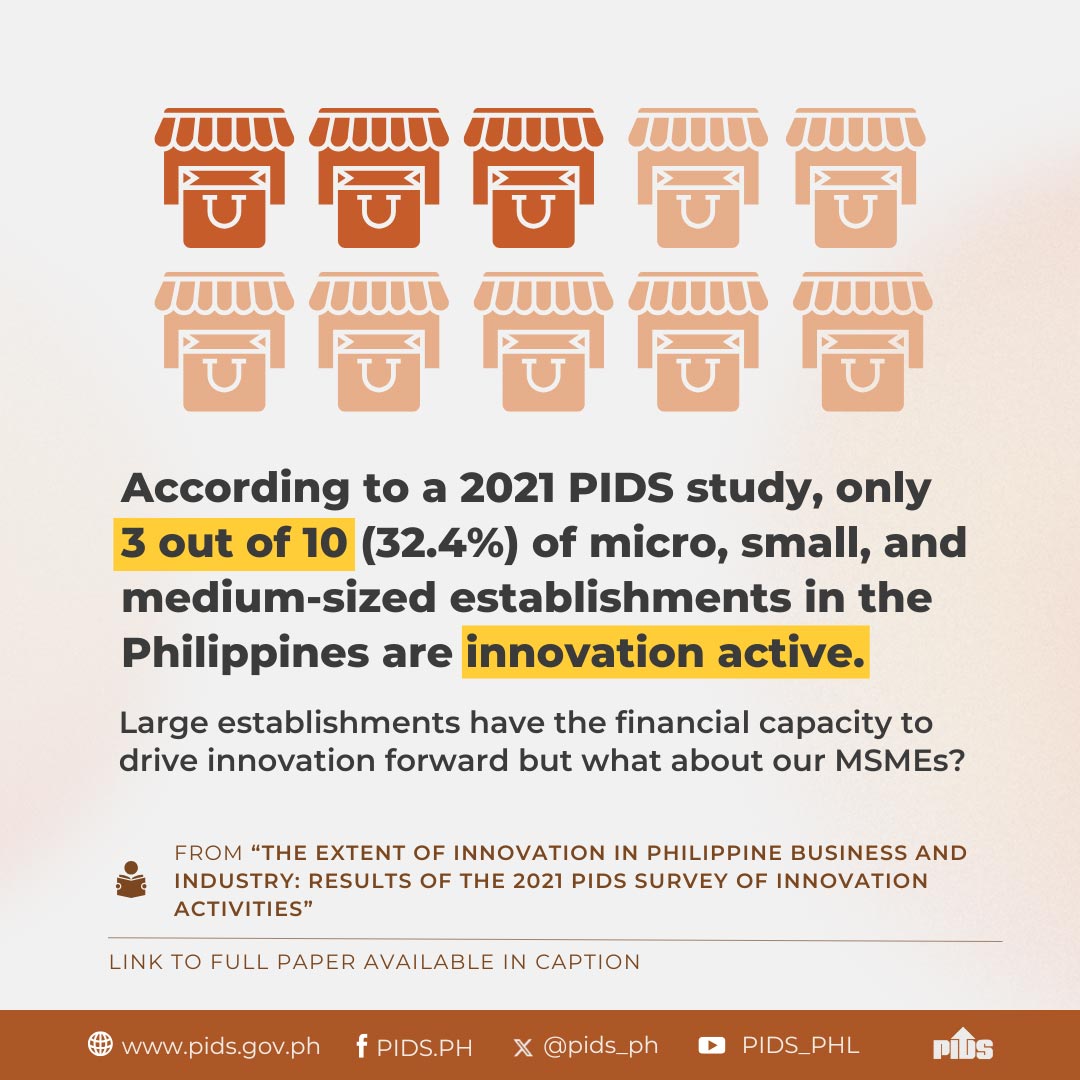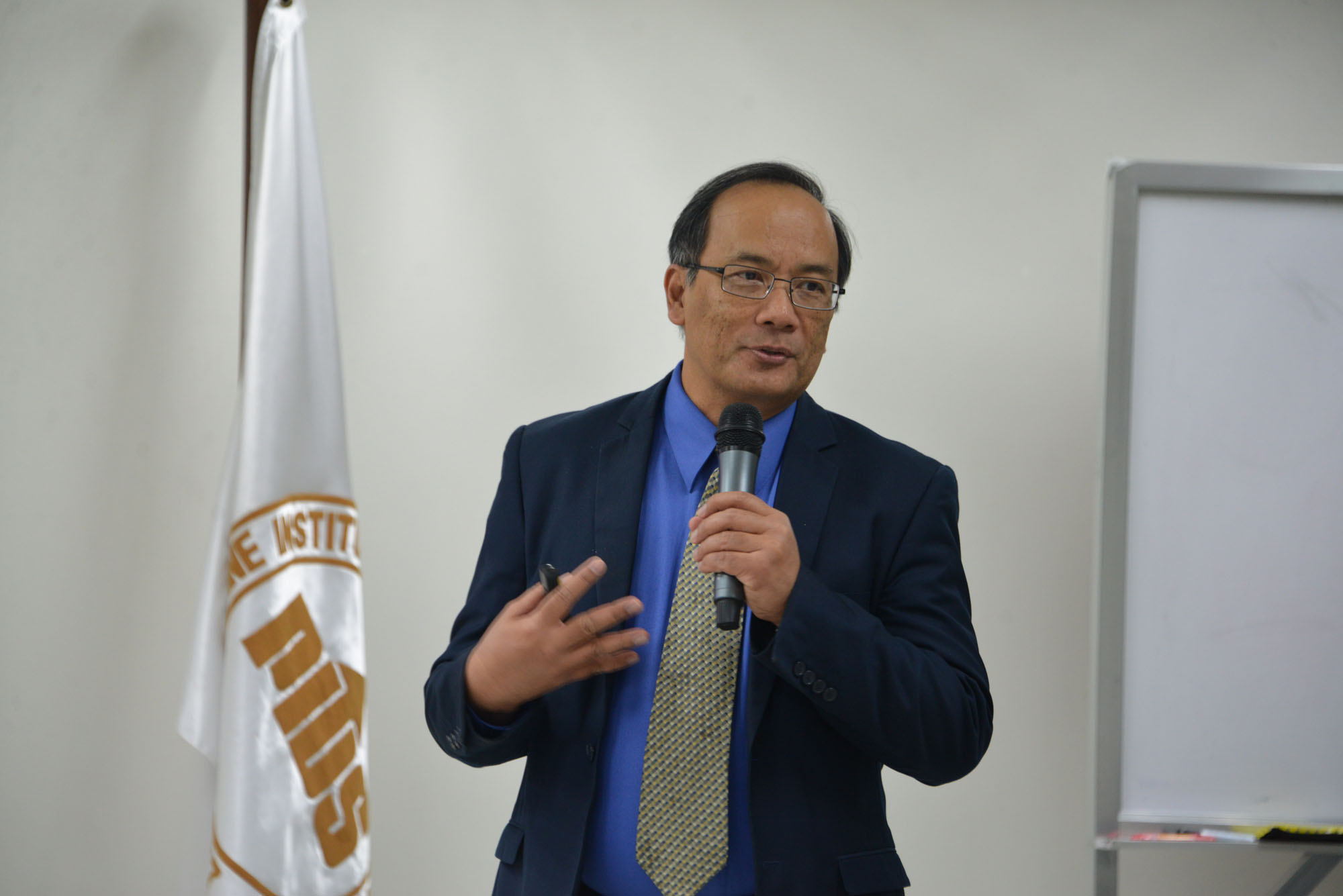
The apparent ‘brain drain’ in the Philippines can be addressed by building a science and technology (S&T) innovation ecosystem.
This was according to Joel Cuello, immediate past president and member of the board of directors of the Philippine-American Academy of Science and Engineering, who spoke during a public seminar organized by state think tank Philippine Institute for Development Studies recently.
The Commission on Higher Education reported in 2016 that the country produces about 120,000 S&T graduates annually. However, the lack of demand for them results in what he calls ‘brain drain’.
“The country is not able to absorb all of the S&T graduates here. So the result is, there is a significant component of the graduates that end up elsewhere,” Cuello explained.
Solving the ‘brain drain’
To remedy this, Cuello emphasized the need for an S&T innovation ecosystem, which can help increase, among other things, the demand for S&T graduates.
One example of an S&T innovation ecosystem is the United States’ Silicon Valley, which is comprised of companies, universities, researchers, engineers, students, investors, research centers, global partners, and the government.
“They are working together to produce a rich variety of technological products and services,” Cuello said.
Certain factors, however, need to be present for this innovation ecosystem to flourish.
In his “10 Laws of Innovation Ecosystems in Emerging Economies”, Cuello emphasized the importance of deepened cooperation and partnerships within and among the government, academe, and the industry, especially in emerging economies like the Philippines. According to him, the strong partnership among stakeholders is the foundation of an S&T innovation ecosystem.
In the local context, these include the Department of Trade and Industry (DTI), Department of Science and Technology, Commission on Higher Education, as well as research universities and institutions, global companies, and small and medium enterprises.
It is also important for the country to strengthen its global linkages as these can make access to knowledge, expertise, and financial capital easier.
Furthermore, Cuello highlighted the role of manufacturing in making the S&T innovation ecosystem successful, saying that along with research and development, it is “an absolute requirement for S&T innovation ecosystems to get built, grow, and thrive”.
Citing the DTI, Cuello said that at present, the Philippines already has a number of emerging S&T innovation clusters under the manufacturing sector, including automotive, ship building, electronics and electrical, biotechnology and biomedical, aerospace parts, food processing, and chemicals.
Apart from the technical aspects of establishing an S&T innovation ecosystem, Cuello emphasized the importance of shaping the values of the country, including “family cohesion, quality of life, community esprit de corps, global cooperation and team work for progress and development”.
He also urged the Philippines to invest in its human capital, citing Singapore as an example.
In all these efforts, Cuello stressed that the government plays a big role especially in making the conditions in the country conducive not only for business but for innovation as well. ###
This was according to Joel Cuello, immediate past president and member of the board of directors of the Philippine-American Academy of Science and Engineering, who spoke during a public seminar organized by state think tank Philippine Institute for Development Studies recently.
The Commission on Higher Education reported in 2016 that the country produces about 120,000 S&T graduates annually. However, the lack of demand for them results in what he calls ‘brain drain’.
“The country is not able to absorb all of the S&T graduates here. So the result is, there is a significant component of the graduates that end up elsewhere,” Cuello explained.
Solving the ‘brain drain’
To remedy this, Cuello emphasized the need for an S&T innovation ecosystem, which can help increase, among other things, the demand for S&T graduates.
One example of an S&T innovation ecosystem is the United States’ Silicon Valley, which is comprised of companies, universities, researchers, engineers, students, investors, research centers, global partners, and the government.
“They are working together to produce a rich variety of technological products and services,” Cuello said.
Certain factors, however, need to be present for this innovation ecosystem to flourish.
In his “10 Laws of Innovation Ecosystems in Emerging Economies”, Cuello emphasized the importance of deepened cooperation and partnerships within and among the government, academe, and the industry, especially in emerging economies like the Philippines. According to him, the strong partnership among stakeholders is the foundation of an S&T innovation ecosystem.
In the local context, these include the Department of Trade and Industry (DTI), Department of Science and Technology, Commission on Higher Education, as well as research universities and institutions, global companies, and small and medium enterprises.
It is also important for the country to strengthen its global linkages as these can make access to knowledge, expertise, and financial capital easier.
Furthermore, Cuello highlighted the role of manufacturing in making the S&T innovation ecosystem successful, saying that along with research and development, it is “an absolute requirement for S&T innovation ecosystems to get built, grow, and thrive”.
Citing the DTI, Cuello said that at present, the Philippines already has a number of emerging S&T innovation clusters under the manufacturing sector, including automotive, ship building, electronics and electrical, biotechnology and biomedical, aerospace parts, food processing, and chemicals.
Apart from the technical aspects of establishing an S&T innovation ecosystem, Cuello emphasized the importance of shaping the values of the country, including “family cohesion, quality of life, community esprit de corps, global cooperation and team work for progress and development”.
He also urged the Philippines to invest in its human capital, citing Singapore as an example.
In all these efforts, Cuello stressed that the government plays a big role especially in making the conditions in the country conducive not only for business but for innovation as well. ###

